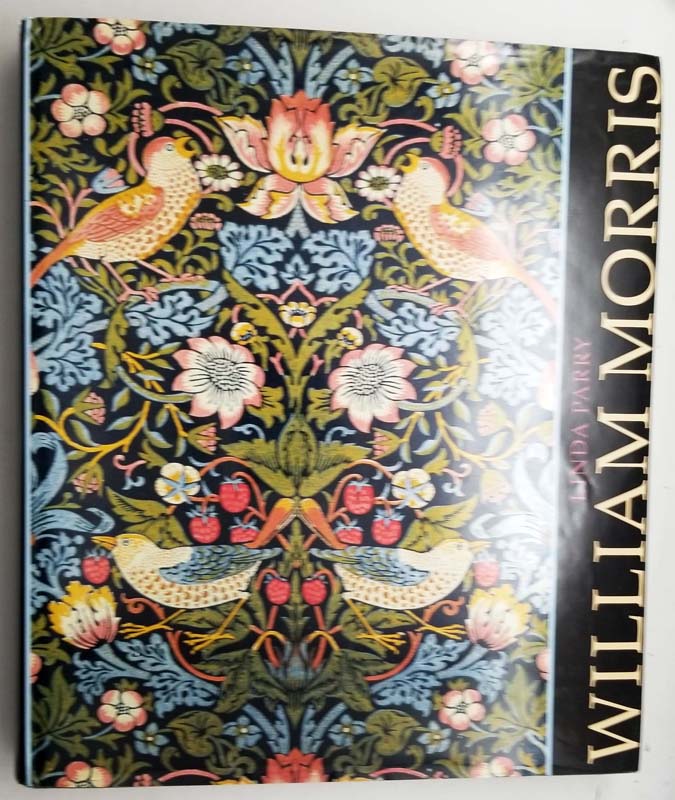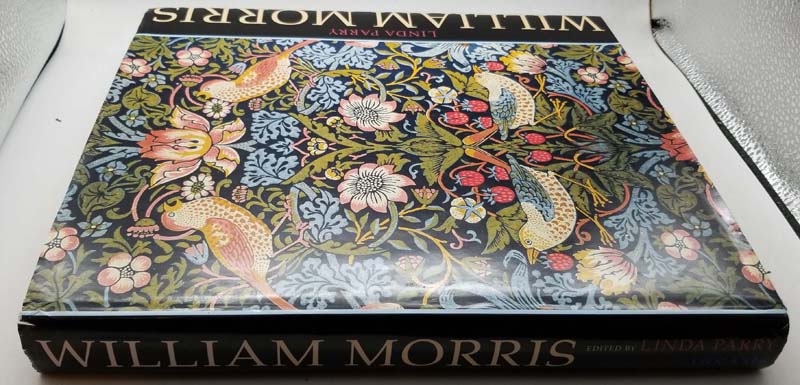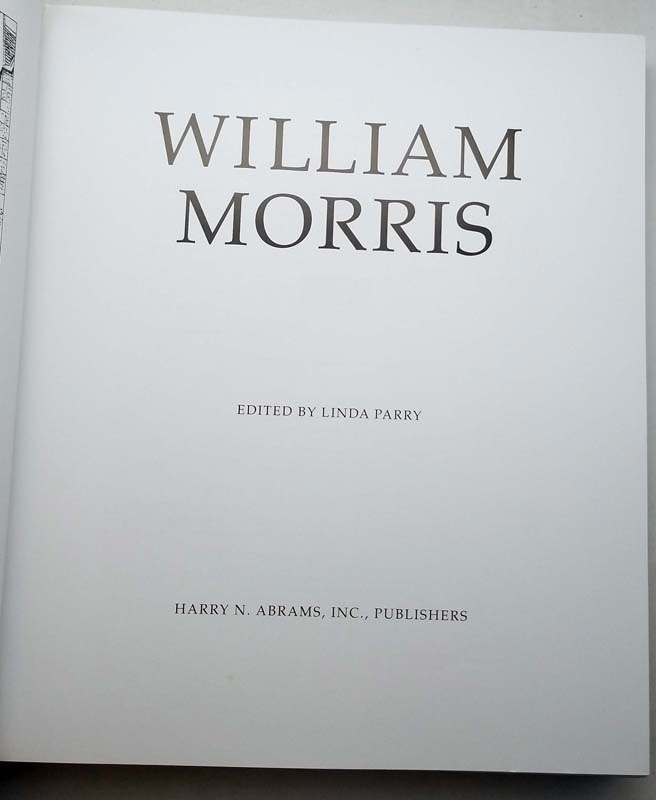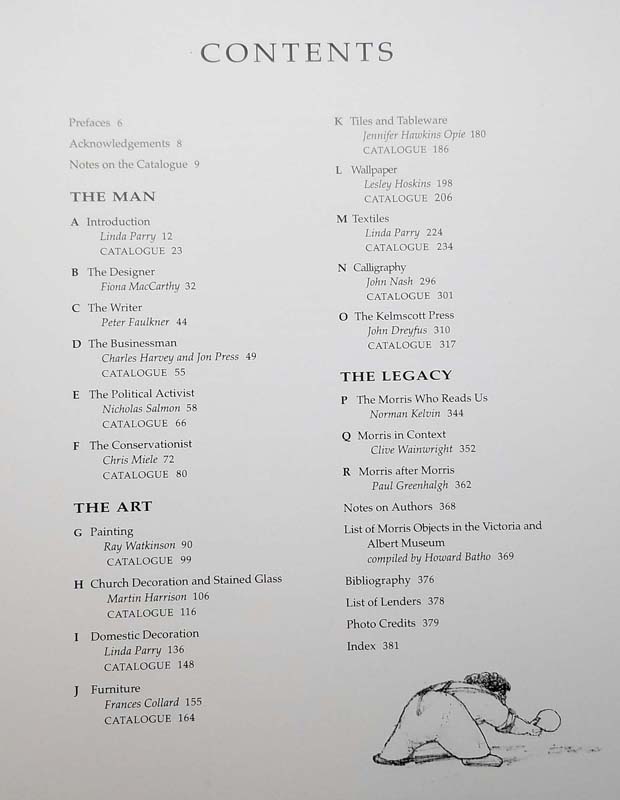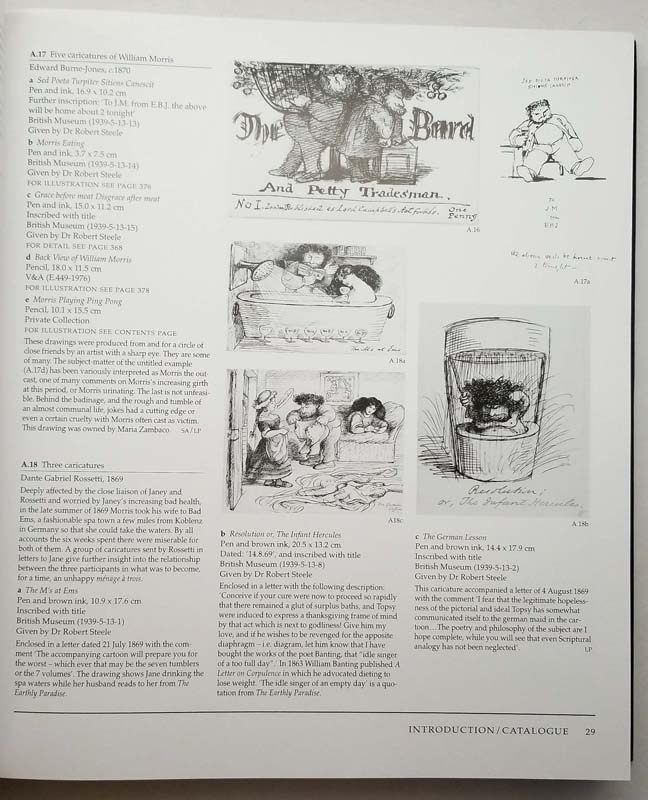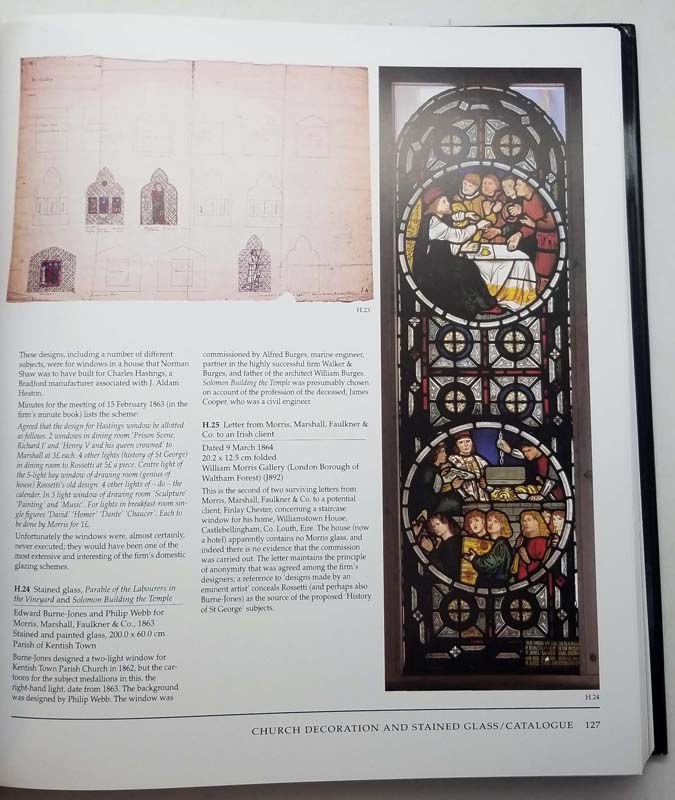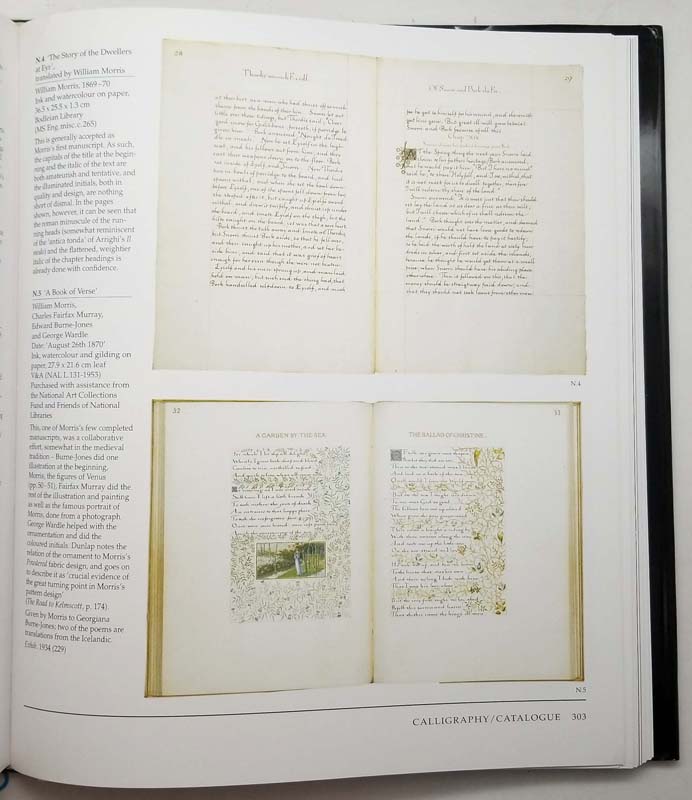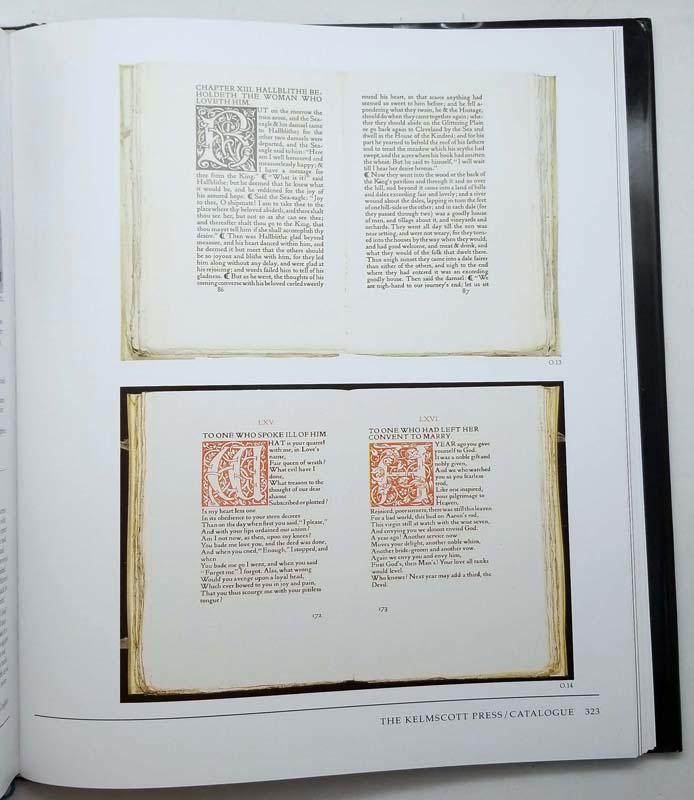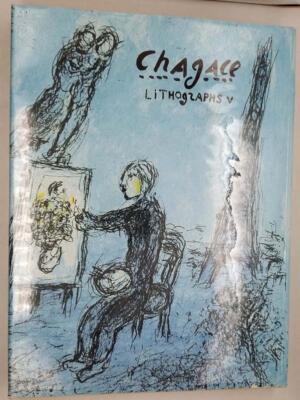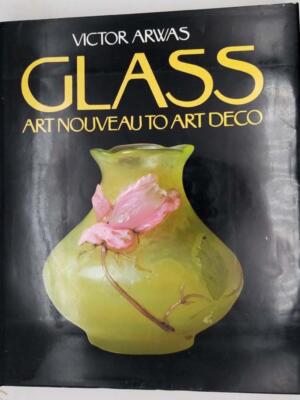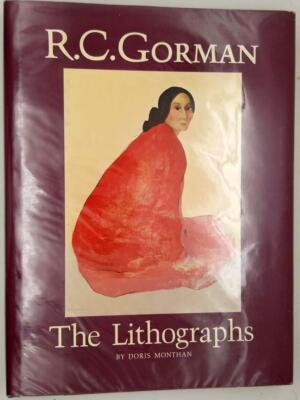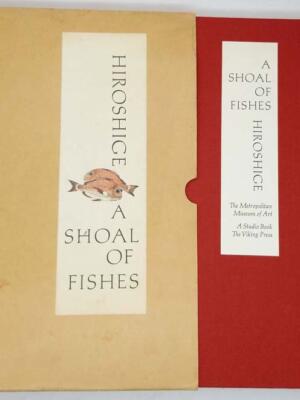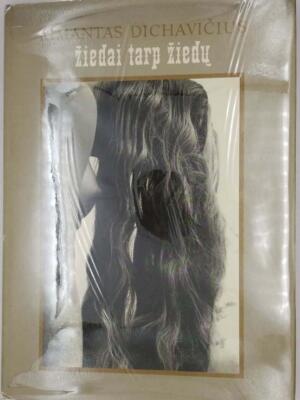William Morris – Linda Parry (1996)
Published in conjunction with the Victoria and Albert Museum, Linda Parry’s authoritative monograph stands as one of the most comprehensive studies of William Morris—the 19th century’s Renaissance man who reshaped design, literature, and social thought. Parry, then a curator at the V&A’s textiles department, brings scholarly rigor and palpable admiration to this exploration of Morris’s multifaceted legacy as pattern-maker, poet, printer, and political radical.
The book unfolds as both visual treasury and intellectual biography, featuring over 300 illustrations that trace Morris’s evolution from the medievalist dreams of the Red House (his collaborative masterpiece with Philip Webb) to the iconic nature-inspired patterns like “Willow Bough” and “Acanthus” that defined Morris & Co.’s aesthetic. Parry meticulously analyzes how Morris’s socialist convictions (articulated in pamphlets like “Art and Socialism”) fueled his rejection of industrial mass-production, leading to his revival of hand-block printing, natural dyeing, and the founding of the Kelmscott Press, where he produced exquisite volumes like the Chaucer folio.
What sets this volume apart is Parry’s attention to lesser-known facets: Morris’s fascination with Icelandic sagas, his designs for stained glass and embroidery, and the enduring tension between his elitist craftsmanship and egalitarian ideals. The lush plates—showcasing wallpapers, fabrics, and illuminated pages—are paired with manufacturing details that reveal Morris’s obsessive perfectionism (he once rejected an entire batch of indigo-dyed fabric for being “two shades too bright”).
“Not just a catalog of beautiful objects, but a portrait of the man who believed beauty could topple capitalism.”
Remains the definitive Morris reference, bridging academic and design audiences. The 1996 edition coincided with the V&A’s centenary exhibition of Morris’s work, cementing his status as the grandfather of sustainable design.
